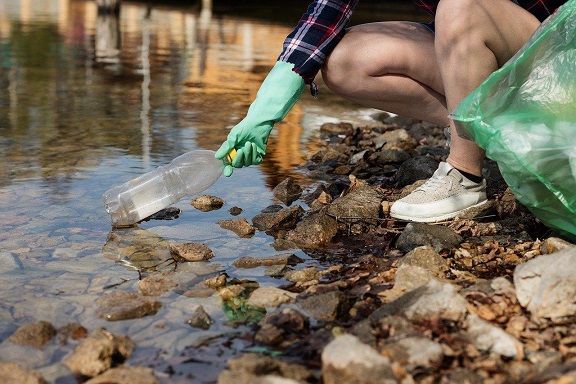Water pollution is a significant global problem that affects not only the environment but also human health. One of the major sources of water pollution is untreated or poorly treated wastewater. Wastewater, which includes domestic sewage, industrial effluents, and agricultural run-off, contains a wide range of pollutants such as organic matter, nutrients, heavy metals, and pathogens. These pollutants can have detrimental effects on aquatic ecosystems and can contaminate drinking water sources.
The Importance of Wastewater Treatment
Wastewater treatment plays a crucial role in reducing water pollution and protecting human and environmental health. The professional water treatment plant manufacturer aims to remove or reduce the concentration of pollutants in wastewater to a level that is safe for discharge into the environment or reuse. By treating wastewater before it is released into water bodies, we can minimize the negative impacts on ecosystems and maintain the quality of our water resources.
The Challenges of Wastewater Treatment
While wastewater treatment is essential, there are several challenges that need to be addressed to ensure its effectiveness. One of the main challenges is the high cost associated with wastewater treatment infrastructure and operations. Building and maintaining wastewater treatment plants can be expensive, especially for developing countries with limited financial resources.
Key Wastewater Treatment Solutions
To address these challenges, various wastewater treatment solutions have been developed and implemented worldwide. These solutions aim to improve the efficiency, cost-effectiveness, and sustainability of wastewater treatment processes. Some of the key wastewater treatment solutions include:
1. Biological treatment: This solution involves the use of microorganisms to break down and remove organic matter and pollutants from wastewater. It can be done through processes like activated sludge, trickling filters, and biofilm reactors.
2. Chemical treatment: Chemical treatment involves the use of chemicals such as flocculants and coagulants to remove suspended solids and contaminants from wastewater. This process is commonly used in conjunction with other treatment methods.
3. Physical treatment: Physical treatment methods involve the removal of solids and pollutants through physical processes such as sedimentation, filtration, and screening. These methods help in the removal of larger particles and debris from wastewater.
4. Advanced oxidation processes: Advanced oxidation processes (AOPs) involve the use of powerful oxidants such as ozone, hydrogen peroxide, and ultraviolet (UV) light to break down and remove organic compounds and persistent pollutants from wastewater.
5. Membrane filtration: Membrane filtration methods like reverse osmosis, ultrafiltration, and nanofiltration are used to separate and remove contaminants from wastewater by passing it through a semi-permeable membrane. This process helps in the removal of dissolved solids, ions, and microorganisms.
6. Reuse and recycling: To address water scarcity and promote sustainability, wastewater treatment solutions now focus on the reuse and recycling of treated wastewater. This involves additional treatment steps to remove any remaining contaminants and make the water suitable for non-potable uses such as irrigation, industrial processes, and groundwater recharge.
7. Decentralized treatment systems: In areas where centralized wastewater treatment infrastructure is not feasible or cost-effective, decentralized treatment systems are being implemented. These systems treat wastewater at the source, such as individual homes or small communities, reducing the need for extensive collection and transport networks.
By implementing these wastewater treatment solutions, we can ensure that wastewater is properly treated before being discharged back into the environment, protecting human health and the ecosystem. Additionally, these solutions contribute to resource recovery, energy generation, and the overall sustainability of water management practices.
The Future of Wastewater Treatment
As the demand for water increases and environmental regulations become stricter, the future of wastewater treatment lies in innovative and sustainable solutions. Emerging technologies, such as membrane bioreactors, anaerobic digestion, and advanced nutrient removal processes, are being developed to improve the efficiency and reduce the environmental footprint of wastewater treatment.
Conclusion
Addressing water pollution through effective wastewater treatment is crucial for the protection of our environment and the health of our communities. By implementing and improving wastewater treatment solutions, we can reduce the discharge of pollutants into water bodies, preserve water resources, and promote sustainable development. The future of wastewater treatment lies in innovative technologies, resource recovery, and decentralized approaches that can meet the growing demand for water while minimizing the environmental impact.
